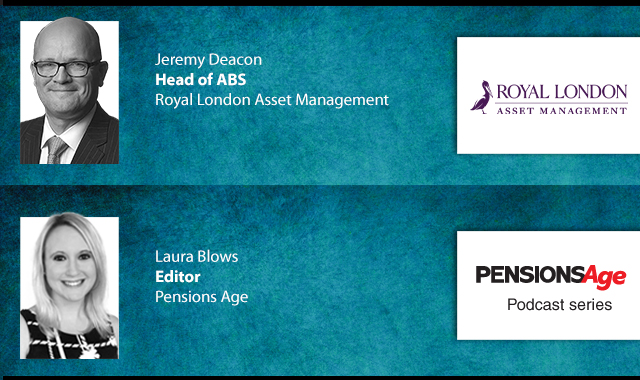Local authority pension funds returned 4.5 per cent over the year to the end of March 2018, according to the Pirc Local Authority Universe.
Property was the best performing asset over the year with a return of 10 per cent, with equities at 4 per cent and bonds at 1 per cent. Lower risk absolute return type investments gave around 2 per cent.
The peer group universe is the largest and most comprehensive database of local authority pension fund investments. It currently comprises 61 funds with an aggregate value of £177bn. This represents over two-thirds of local authority pension fund assets.
Pirc said that the key feature in the year was the performance of active equity managers. Funds that did well tended to have seen strong outperformance by their global equity managers. As a group these managers outperformed their benchmarks by 2 per cent over the year but overall there was a wide range of results.
Although these managers outperformed in the last year the longer-term results are less impressive. Despite this fact, the last year saw a year on year reduction in the level of passive investment for the first time.
There was a marked move towards ‘de-risking’ with a number of funds moving from equities to less ‘risky’ assets such as diversified growth / absolute return portfolios, which target lower than equity returns but at substantially lower than equity volatility.
The overall equity exposure fell in the year by the largest percentage recorded over many years from 62 per cent to 55 per cent for the average fund. Such a strategy will inevitably bring with it lower long-term returns, Pirc said. However, as the key actuarial discount rate assumptions have fallen to relatively modest levels, some funds may now feel comfortable accepting more modest returns and this may be making the decision straightforward.
Looking at long-term performance, Pirc revealed that funds delivered a positive return in 25 of the last 30 years, and delivered an annualised performance of 9 per cent p.a. against inflation of 3 per cent p.a. The five years of negative returns were at the start of the millennium (the bursting of the dot-com bubble) and the global financial crisis of 2008/9.
Latest News
-
DWP and TPR highlight shifting trustee responsibilities under PSB reforms
-
MPs warned against salary sacrifice changes as Budget speculation persists
-
TPR concludes case against ITV; full benefits restored for Box Clever pension members
-
£550bn of buy-ins expected over next decade as insurers step up
-
Concerns raised over GMP equalisation delays seven years on from High Court ruling
-
Govt confirms plans for primary financial education and wider adoption of payroll savings
Private markets – a growing presence within UK DC
Laura Blows discusses the role of private market investment within DC schemes with Aviva Director of Investments, Maiyuresh Rajah
The DB pension landscape
Pensions Age speaks to BlackRock managing director and head of its DB relationship management team, Andrew Reid, about the DB pensions landscape
Podcast: Who matters most in pensions?

In the latest Pensions Age podcast, Francesca Fabrizi speaks to Capita Pension Solutions global practice leader & chief revenue officer, Stuart Heatley, about who matters most in pensions and how to best meet their needs
Podcast: A look at asset-backed securities

Royal London Asset Management head of ABS, Jeremy Deacon, chats about asset-backed securities (ABS) in our latest Pensions Age podcast
© 2019 Perspective Publishing Privacy & Cookies











Recent Stories